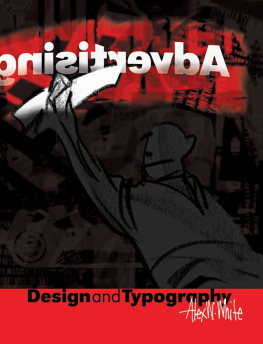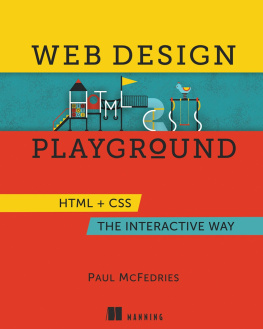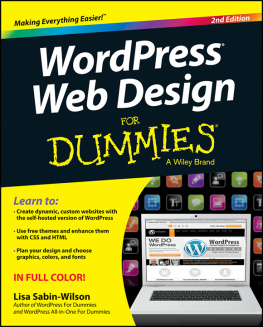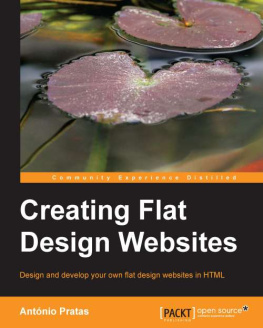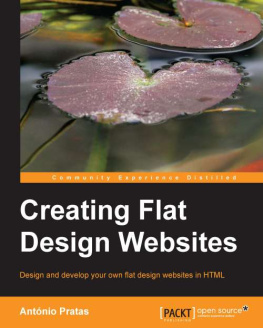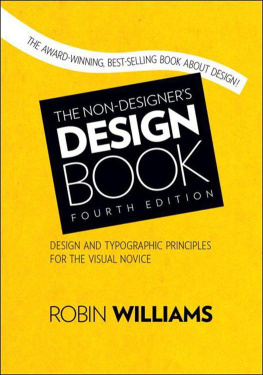Jason Beaird - The Principles of Beautiful Web Design
Here you can read online Jason Beaird - The Principles of Beautiful Web Design full text of the book (entire story) in english for free. Download pdf and epub, get meaning, cover and reviews about this ebook. year: 2020, publisher: SitePoint, genre: Home and family. Description of the work, (preface) as well as reviews are available. Best literature library LitArk.com created for fans of good reading and offers a wide selection of genres:
Romance novel
Science fiction
Adventure
Detective
Science
History
Home and family
Prose
Art
Politics
Computer
Non-fiction
Religion
Business
Children
Humor
Choose a favorite category and find really read worthwhile books. Enjoy immersion in the world of imagination, feel the emotions of the characters or learn something new for yourself, make an fascinating discovery.
- Book:The Principles of Beautiful Web Design
- Author:
- Publisher:SitePoint
- Genre:
- Year:2020
- Rating:5 / 5
- Favourites:Add to favourites
- Your mark:
The Principles of Beautiful Web Design: summary, description and annotation
We offer to read an annotation, description, summary or preface (depends on what the author of the book "The Principles of Beautiful Web Design" wrote himself). If you haven't found the necessary information about the book — write in the comments, we will try to find it.
The Principles of Beautiful Web Design is the ideal book for anyone who wants to design stunning websites that provide a great user experience. Perhaps youre a developer who wants to understand how to make your applications more visually appealing, or youre a novice who wants to start on the path to becoming a designer.
This book will teach you how to:
- Understand what makes good design, from discovery through to implementation
- Use color effectively, develop color schemes, and create a palette
- Create pleasing layouts using grids, the rule of thirds, and symmetry
- Employ textures: lines, points, shapes, volumes, and depth
- Apply typography to make ordinary designs look great
- Choose, edit, and position effective imagery
This easy-to-follow guide is illustrated with beautiful, full-color examples, and will lead you through the process of creating great designs from start to finish.
The fourth edition of this bestselling book has been greatly revised and now features:
- Updated and expanded coverage responsive web design techniques
- A new sample project
- New sections on pattern libraries and how design fits on modern app development workflows
- Common user-interface patterns and resources
Jason Beaird: author's other books
Who wrote The Principles of Beautiful Web Design? Find out the surname, the name of the author of the book and a list of all author's works by series.


